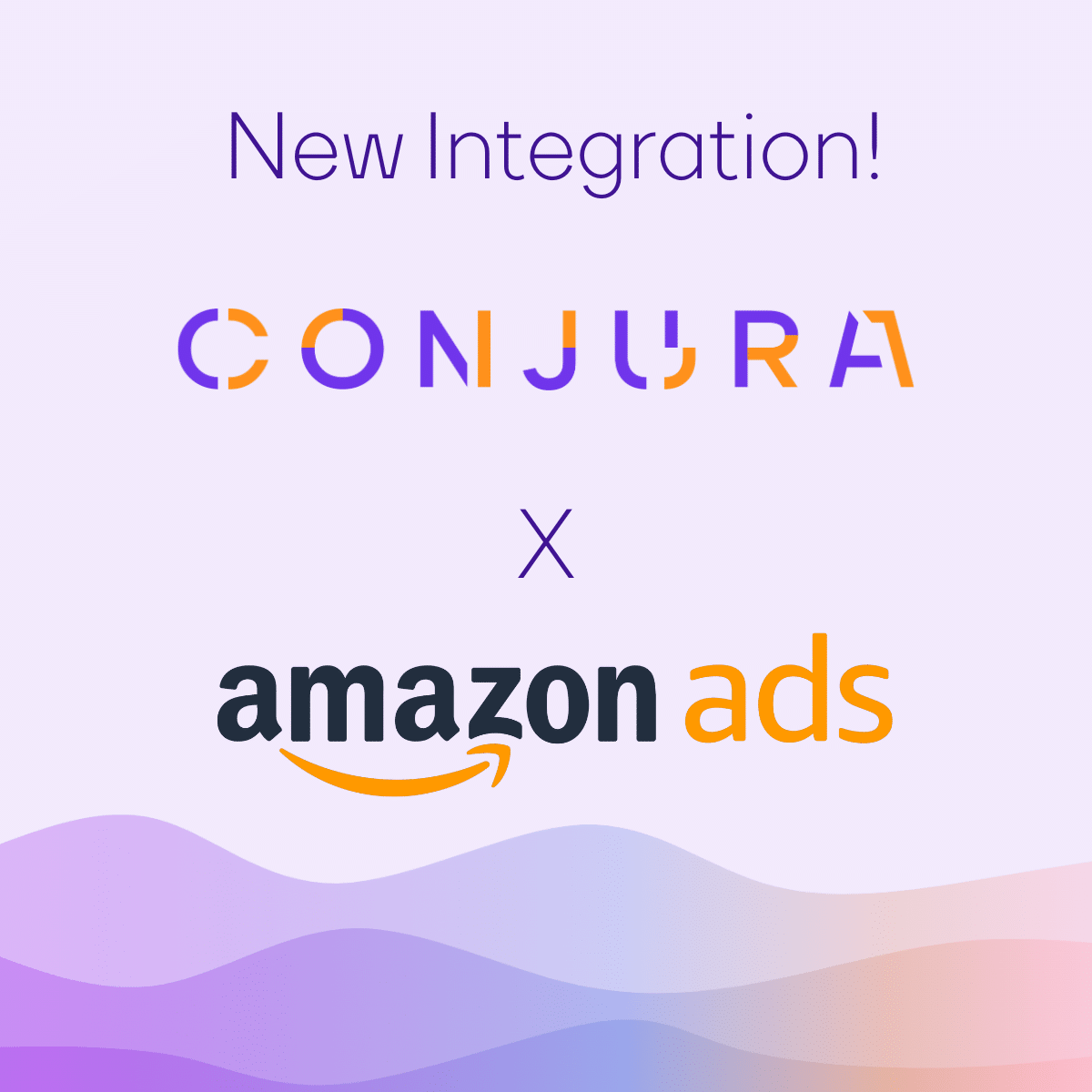Learn how product segmentation combined with e-commerce data analytics provides deeper insights.
The shift towards e-commerce in its many forms has meant that retailers are generating an increasing amount of data about who buys what. This segmentation of consumers is a mainstay of retail marketing that is traditionally broken down by demographics, geographics, psychographics and behavioural data. While this is a great starting point for e-commerce brands to understand who their audience really is, it still fails to acknowledge the products that those individuals are purchasing.
Why is Clustering important?
Although the tracking of stock level, AOV and margin is far from groundbreaking, the combination of these KPIs with granular product data is still a largely untapped e-commerce resource. This type of product data looks at factors such as seasonality, days on sale, and average SKU availability, which provide another layer of insight into how customers engage with the products they buy. As well as helping retailers to understand the true utility and profitability of each product.
To combine this data we use a data science model known as Clustering, which groups together products that share strong correlations in performance. This can reflect wider, more complex trends that would otherwise be hard to spot. For example “Try out” products which offer high margins but are associated with first-time customers who are unlikely to repurchase. Or “Speedy summer” products that sell well at a very specific time of year, but also have high turnover rates. By clustering their product data brands can leverage highly specific insights into the behaviours associated with each of their products, allowing them to build greater efficiencies and maximise growth.
What insights do retailers get from Clustering?
If we apply these clusters to a fashion retailer example, we might find that accessories are a great example of a “try out” product, because they tend to be lower in price, making them an ideal low commitment purchase for first-time customers looking to experience a brand. But customers who choose to purchase an accessory first are also less likely to return to make additional purchases. Fortunately by identifying products that are associated with undesirable outcomes, you have an opportunity to proactively nurture the customers they bring in. Because with the right follow up marketing, these same customers could be persuaded into purchasing tailored clothing next time – which is associated with repeat purchases and strong loyalty!
The trends highlighted by these clusters will continue to evolve in tandem with customers’ behaviour allowing retailers to decide which products to discount, discontinue or push to the forefront of their marketing campaigns.
The trick is simply to keep monitoring your clustering analysis and change course when appropriate. This is to say that just because “Speedy summer” products sold well last summer, doesn’t mean this performance will be replicated next year and such assumptions could skew product forecasting and have a negative impact on your bottom line.







